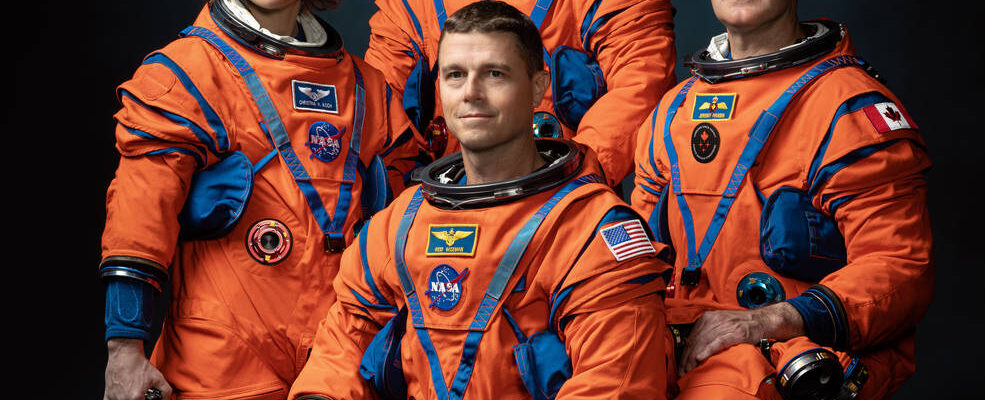

NASA’s Artemis 2 Mission, the world’s first return to the moon in 50 years since the Apollo 17 mission in 1972, has revealed its crew for the voyage on Friday, August 4.
The Artemis 2 crew is comprised of four accomplished astronauts, each carrying a unique distinction. The mission will include the first woman, Christina Koch, who will serve as a mission specialist; Victor J. Glover, the first black NASA pilot for the mission; and Canadian Space Agency (CSA) astronaut Jeremy Hansen, the first non-American to venture beyond low-Earth orbit. The final crew member is American Commander Reid Wiseman.
Scheduled for launch in November 2024, Artemis 2 is a crucial step in NASA’s Artemis programme, aimed at returning humans to the Moon and beyond. This mission will not only break barriers with its diverse crew but also achieve significant technical milestones.
Originally known as Exploration Mission-2 (EM-2), Artemis 2 has undergone a transformation in its mission objectives. Initially envisioned to collect samples from a captured asteroid in lunar orbit as part of the now-cancelled robotic Asteroid Redirect Mission, the mission was rebranded under the Artemis programme, symbolising NASA’s renewed commitment to lunar exploration.
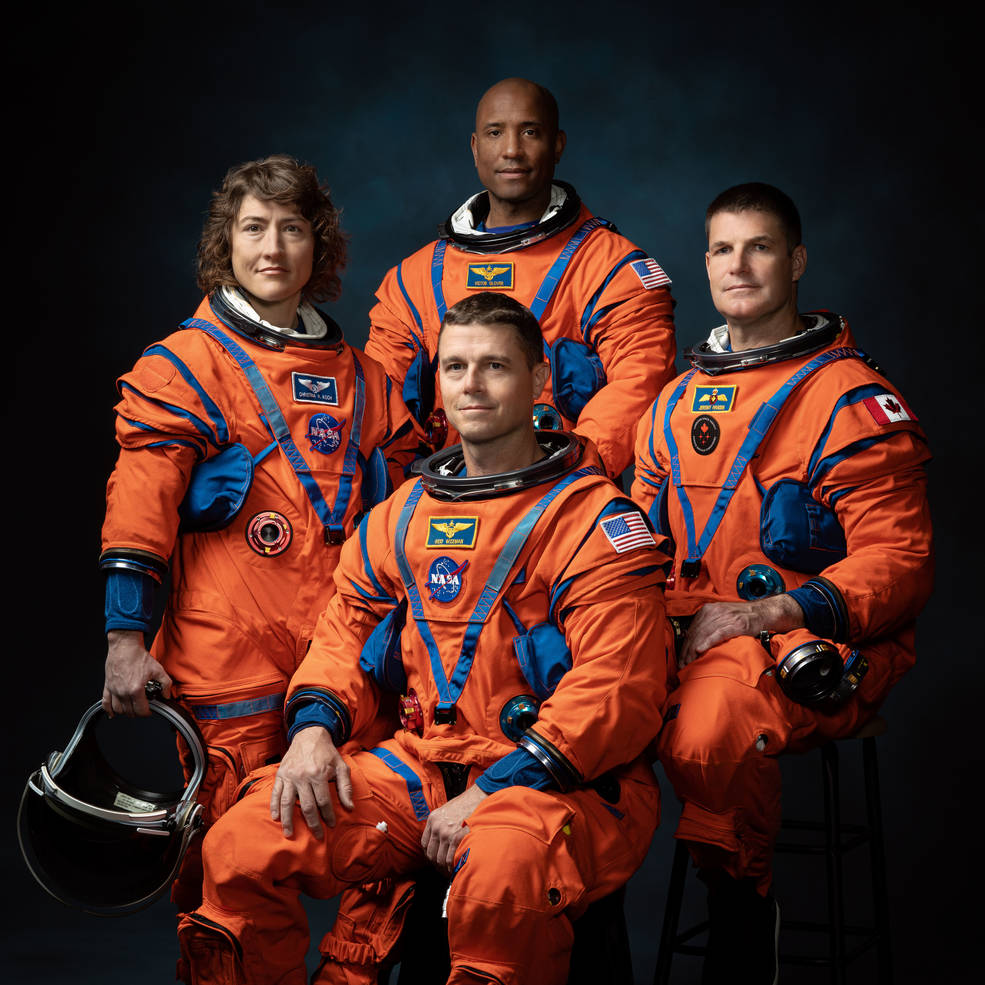
The mission scope for Artemis 2 involves launching the crewed Orion Multi-Purpose Crew Vehicle (MPCV) spacecraft atop the Space Launch System (SLS), a powerful rocket designed to carry humans and payloads beyond Earth’s orbit. The spacecraft will execute a lunar flyby, spending up to 21 days in space. Utilising a free-return trajectory from the Moon, the mission will navigate a multi-translunar injection (MTLI) path.
One of the significant technical feats of Artemis 2 is the planned use of the Block 1 variant of the Space Launch System. The spacecraft will perform in-space rendezvous and proximity operations demonstrations, showcasing its maneuverability and precision. The spent Interim Cryogenic Propulsion Stage (ICPS) will be employed as a target for these operations.
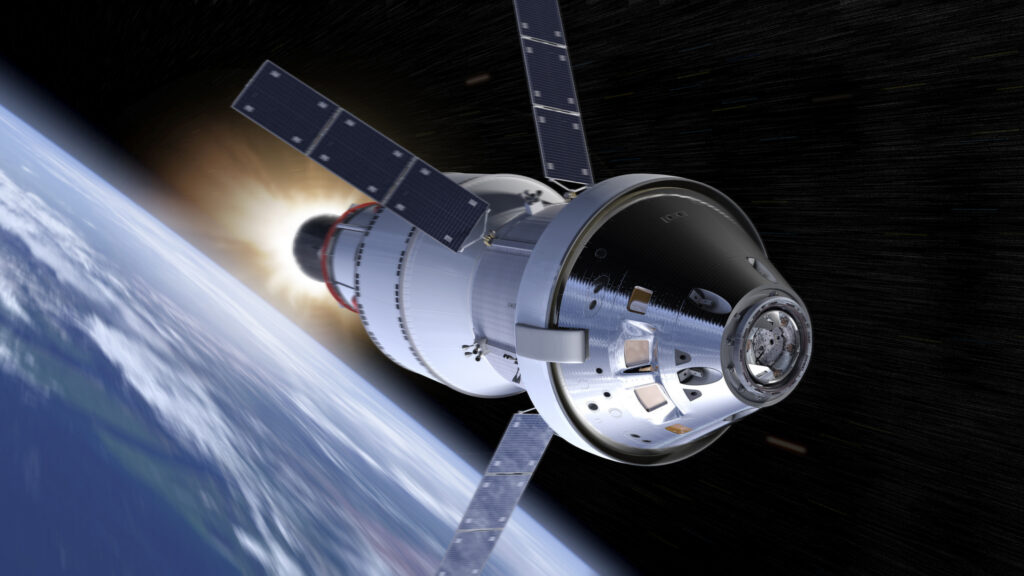
As Artemis 2 reaches the high point of its orbit, the main engine of the Orion spacecraft will initiate the translunar injection (TLI) manoeuvre. This critical burn will set the spacecraft on a trajectory towards the Moon, marking a historic moment as humans venture beyond low-Earth orbit for the first time since the Apollo 17 mission in 1972.
With the engine section of Artemis 2’s core successfully mated and preparations underway, anticipation for this groundbreaking mission is mounting. As NASA’s engineers and astronauts work in tandem to make this ambitious endeavour a reality, the world watches with bated breath. Artemis 2 is not only a step towards humanity’s long-cherished dream of reaching the stars, but also a testament to international collaboration and the indomitable spirit of exploration.


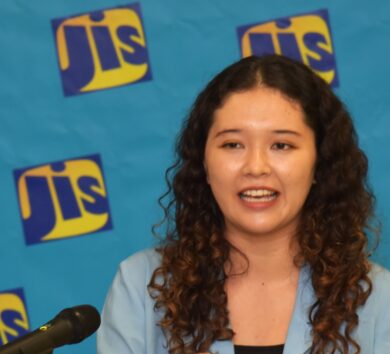
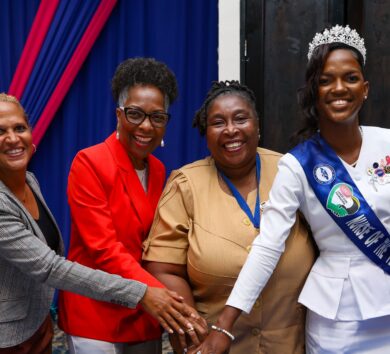
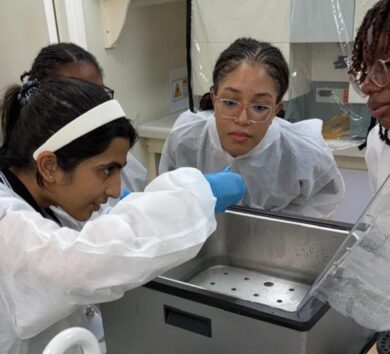


Comments